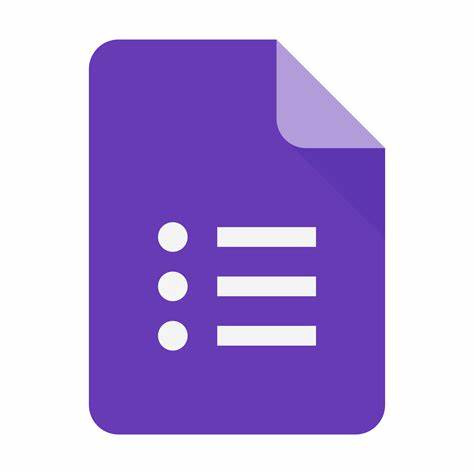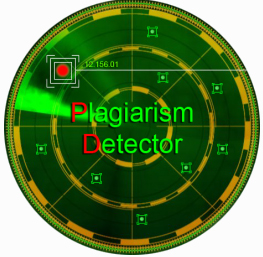E-CATALOG APPLICATION FOR FOOD AND BEVERAGES AT RUANG SEDUH CAFÉ BASED ON AUGMENTED REALITY
Abstract
Full Text:
PDFReferences
J. Aryandi and O. Onsardi, “Pengaruh Kualitas Pelayanan Dan Lokasi Terhadap Keputusan Pembelian Konsumen Pada Cafe Wareg Bengkulu,” Jurnal Manajemen Modal Insani Dan Bisnis (Jmmib), vol. 1, no. 1, pp. 117–127, 2020.
T. Budur, K. M. Faraj, and L. A. Karim, “The benchmarking operations strategies via hybrid model: a case study of Café-Restaurant Sector,” Amazonia Investiga, vol. 8, no. 23, pp. 842–854, 2019.
N. G. Torlak, A. Demir, and T. Budur, “Impact of operations management strategies on customer satisfaction and behavioral intentions at café-restaurants,” International Journal of Productivity and Performance Management, 2019.
M. Fikar, A. Amri, and M. Mursyidah, “Implementasi Augmented Reality Pada Daftar Menu Makanan Dan Minuman Yang Diterapkan Pada Perangkat Mobile Berbasis Android,” Jurnal Teknologi Rekayasa Informasi dan Komputer, vol. 3, no. 1, 2019.
V. H. Pranatawijaya, “Implementasi Augmented Reality Pada Menu Rumah Makan,” Jurnal Teknologi Informasi: Jurnal Keilmuan dan Aplikasi Bidang Teknik Informatika, vol. 14, no. 1, pp. 21–29, 2020.
A. Nurkholis and E. Saputra, “E-Health Berbasis Mobile Untuk Meningkatkan Layanan Klinik,” Jurnal Teknoinfo, vol. 15, no. 2, pp. 127–133, 2021.
A. Nurkholis, A. Riyantomo, and M. Tafrikan, “Sistem Pakar Penyakit Lambung Menggunakan Metode Forward Chaining,” Momentum, vol. 13, no. 1, pp. 32–38, 2017, doi: 10.36499/jim.v13i1.1757.
A. Nurkholis, E. R. Susanto, and S. Wijaya, “Penerapan Extreme Programming dalam Pengembangan Sistem Informasi Manajemen Pelayanan Publik,” J-SAKTI (Jurnal Sains Komputer dan Informatika), vol. 5, no. 1, pp. 124–134, 2021, doi: 10.30645/j-sakti.v5i1.304.
A. Nurkholis, Y. Anggela, and A. F. O. Pasaribu, “Web-Based Geographic Information System For Lampung Gift Store,” Jurnal Teknoinfo, vol. 16, no. 1, pp. 34–39, 2022.
W. Batat, “How augmented reality (AR) is transforming the restaurant sector: Investigating the impact of ‘Le Petit Chef’ on customers’ dining experiences,” Technological Forecasting and Social Change, vol. 172, p. 121013, 2021.
D. Mourtzis, V. Zogopoulos, and F. Xanthi, “Augmented reality application to support the assembly of highly customized products and to adapt to production re-scheduling,” The International Journal of Advanced Manufacturing Technology, vol. 105, no. 9, pp. 3899–3910, 2019.
F. Ali, “Augmented reality enhanced experiences in restaurants: Scale development and validation,” International Journal of Hospitality Management, vol. 102, p. 103180, 2022.
S. Nayak, “From electronic word of mouth to virtual and augmented reality: A case study of the restaurant sector in Pune, Maharashtra, India,” in Managerial Challenges and Social Impacts of Virtual and Augmented Reality, IGI Global, 2020, pp. 193–210.
P. Vedantam, S. Kashyap, P. Sanil, T. Fathima, and V. Jha, “Food Magic: An Augmented Reality Restaurant Application”.
R. R. Wijayanti, “Implementasi Augmented Reality Sebagai Media Promosi Interaktif Untuk Katalog Food and Beverage Pada Hokcafe,” JIKA (Jurnal Informatika), vol. 2, no. 2, 2019.
F. Rozi and K. Khomsatun, “Rancang bangun game edukasi pengenalan warna untuk pendidikan anak usia dini menggunakan adobe flash berbasis android,” Jurnal Ilmiah Penelitian dan Pembelajaran Infromatika, vol. 04, pp. 12–18, 2019.
Z. Awang, A. Afthanorhan, and M. Mamat, “The Likert scale analysis using parametric based Structural Equation Modeling (SEM),” Computational Methods in Social Sciences, vol. 4, no. 1, p. 13, 2016.
DOI: https://doi.org/10.33365/jti.v16i2.1957
Refbacks
- There are currently no refbacks.
Copyright (c) 2022 Andi Nurkholis, Dyah Ayu Megawaty, M Fabian Apriando

This work is licensed under a Creative Commons Attribution-ShareAlike 4.0 International License.
JURNAL TEKNOINFO
Published by Universitas Teknokrat Indonesia
Organized by Prodi S1 Informatika FTIK Universitas Teknokrat Indonesia
W: http://ejurnal.teknokrat.ac.id/index.php/teknoinfo/index
E : teknoinfo@teknokrat.ac.id.
Jl. Zainal Abidin Pagaralam, No.9-11, Labuhan Ratu, Bandarlampung

This work is licensed under a Creative Commons Attribution-ShareAlike 4.0 International License.
Jumlah Pengunjung : View Teknoinfo StatsCounter



















